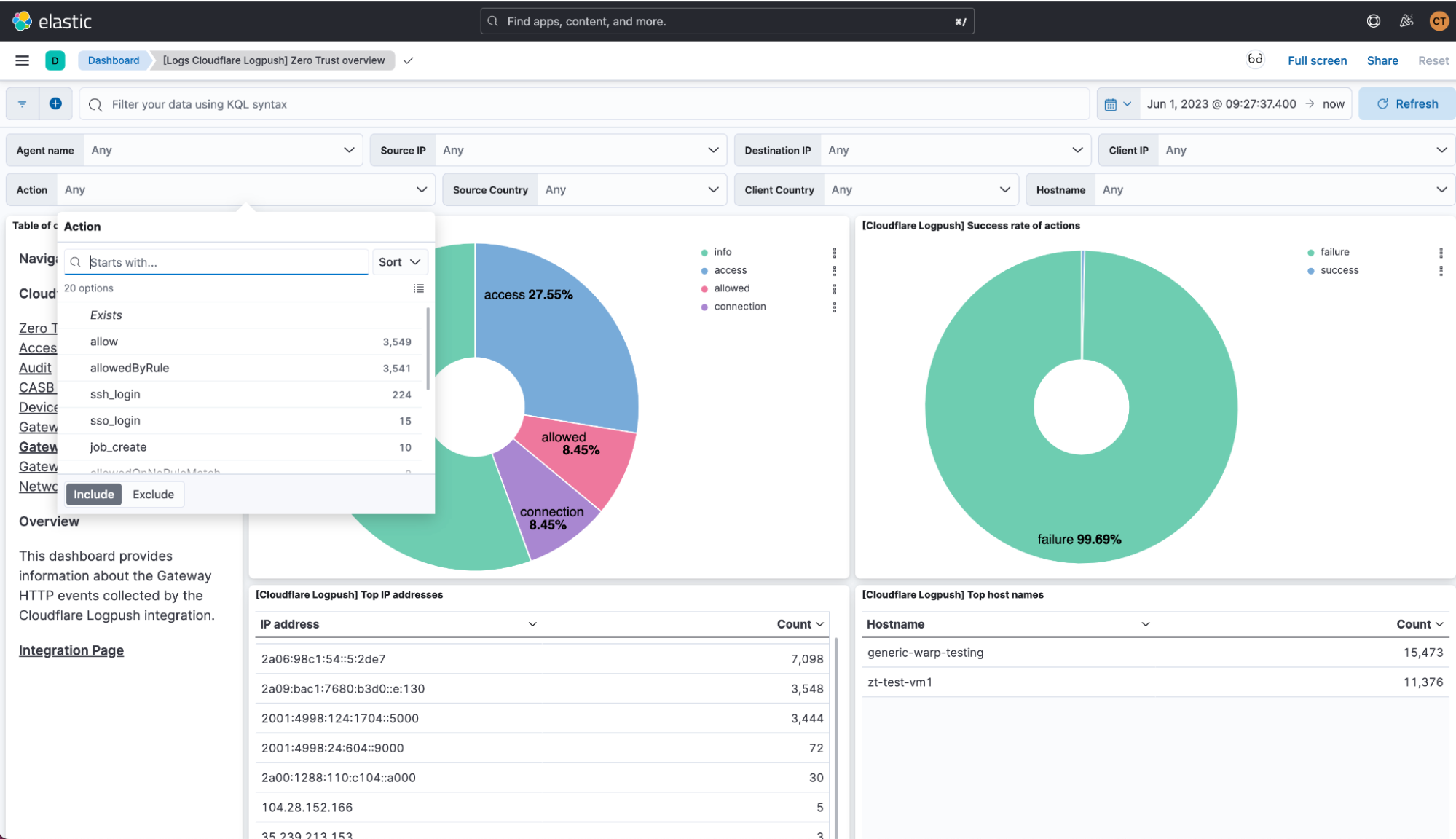SuzieQ Network Observability

In today’s post, we’re exploring SuzieQ, an open-source network observability platform that’s making waves in the way we monitor and understand our networks. It supports a wide array of devices from top vendors like Arista, Cisco, and Juniper, among others. We’ll start with the fundamentals and finish with a practical example to clearly illustrate how SuzieQ sets itself apart from other automation tools.
What We Will Cover?
- What exactly is SuzieQ?
- How does SuzieQ work?
- How to install SuzieQ?
- SuzieQ terminology (Configuration, Inventory, suzieq-cli, poller)
- Configuration and Inventory files
- Examples using OSPF Topology
- Path Analysis
What Exactly is SuzieQ?
I first came across SuzieQ a while back but didn't dive deep into it because tools like Netmiko or Napalm were fitting my needs just fine. That changed when I tuned into a recent Packet Pushers podcast featuring Dinesh Dutt, the brain behind SuzieQ. Hearing him talk about it got me really interested.
After the podcast, I couldn't hold back from giving SuzieQ a try. There have been many times when I found myself writing custom scripts to get things done, only to discover that SuzieQ could have handled those tasks much more smoothly.
So, what is SuzieQ? In simple Continue reading
WEKA, NexGen Partner on a SuperCloud to Make AI More Sustainable
WEKA and NexGen are working to generate the GPU power to make AI workloads run more efficiently in the cloud.How do we overcome Imposter Syndrome?

I was thinking of writing about Imposter Syndrome for so long but I didn't because I thought someone might figure out I don't know what I am talking about.
This is so real, I'm not even kidding. The feeling of doubting your abilities and feeling like a fraud. It's something many of us experience, especially when we're stepping out of our comfort zones or tackling new challenges. So, I decided to face this head-on and share some ways to deal with it. First, it's important to recognize when we're being too hard on ourselves. We often set unrealistically high standards and then beat ourselves up when we don't meet them. It's okay to not know everything – after all, we're all learning as we go.
Talking to others can also be a big help. You'll often find that many people feel the same way and have their own experiences with Imposter Syndrome. This can be a huge relief to know you're not alone in this.
What Exactly is Imposter Syndrome?
In plain terms, it's when you feel like you're not as competent as others perceive you to be. You might think you're not good enough, despite there being clear signs Continue reading
HN722: Ivan Pepelnjak’s Netlab Eliminates the Tedious Bits of Labbing
One dark day, Ivan Pepelnjak stopped labbing. He just couldn’t make himself yet again go through assigning addresses, building links, putting devices in place, setting up OSPF, BGP, VXLAN, EVPN, etc. before even being able to start whatever simulation or test he wanted to do. But from that darkness arose netlab. Ivan created netlab to... Read more »Making IT Equipment Easier to Use With Gen AI: A Guide
Many network equipment vendors are incorporating Generative AI (Gen AI) technology into their offerings to make them easier to use, automate some routine tasks, and analyze patterns to make recommendations. Find out what is new and how to maximize efficiencies!Technology Short Take 175
Welcome to Technology Short Take #175! Here’s your weekend reading—a collection of links and articles from around the internet on a variety of data center- and cloud-related topics. I hope you find something useful here!
Networking
- The good folks over at Packet Pushers have compiled a list of open source networking projects.
Security
- I attended a local meetup here in the Denver metro area a short while ago and was introduced to
sops. - AMD processors have been discovered to have multiple security flaws; more details available here.
- The Linux kernel project has become a CVE Numbering Authority (CNA); Greg Kroah-Hartman wrote a blog post that discusses this in more depth.
Cloud Computing/Cloud Management
- Josh Biggley shows how to deploy Tetragon with Cribl Edge. The blog post is a bit heavy on the Cribl marketing, but I suppose that is to be expected (it’s extremely common with most vendor blogs).
- Jack Lindamood’s list of infrastructure decisions he endorses or regrets provides some valuable insight into his personal experience with a variety of technologies and processes. Well worth reading, in my opinion. (Hat tip to Simon Wardley for sharing this on Twitter.)
- Ivan Yurochko of PerfectScale discusses how to manage S3 Continue reading
HS066: The Holy Grail: A Functioning Tech Strategy
It’s rare for strategists, executives, and technologists to all get on the same page in order to create, execute, and adjust an organization’s tech strategy, much less do it well. But it is possible. Johna and Greg discuss their experiences of seeing through some consultants’ smoke and mirrors, honestly evaluating an organization’s capability to implement... Read more »Worth Reading: Popular git config options
Another must-explore gem by Julia Evans: Popular git config options.
Side note: I keep collecting links to insightful Git articles in the Git and GitHub section of the Network Automation Tools webinar.
Worth Reading: Popular git config options
Another must-explore gem by Julia Evans: Popular git config options.
Side note: I keep collecting links to insightful Git articles in the Git and GitHub section of the Network Automation Tools webinar.
Intel: I Was Lostry, But Now I Am Foundry
Pat Gelsinger, current chief executive officer at Intel and formerly the head of its Data Center Group as well as its chief technology officer, famously invented the tick-tock method of chip launches to bring some order and reason to the way the world’s largest chip maker – as it was in the mid-2000s – mitigated risk and spurred innovation in its products. …
Intel: I Was Lostry, But Now I Am Foundry was written by Timothy Prickett Morgan at The Next Platform.
Hybrid IT and the New East-West Network
That’s right, there’s a new east-west network that needs securing, and as AI adoption ramps up, you can bet one of those security needs is going to be for APIs.VyOS 1.4 LTS released
 |
| Protectli Vault - 4 Port |
The VyOS 1.4.0 (Sagitta) LTS release announcement is exciting news! VyOS is an open source router operating system based on Linux that can be installed on commodity PC hardware - for optimal performance at least 1GB RAM and 4GB of storage space is recommended.
The new 1.4 LTS release includes a significantly enhanced implementation of industry standard sFlow telemetry based on the open source Host sFlow agent.
set system sflow interface eth0 set system sflow interface eth1 set system sflow interface eth2 set system sflow interface eth3 set system sflow polling 30 set system sflow sampling-rate 1000 set system sflow drop-monitor-limit 50 set system sflow server 192.0.2.100Enter the commands above to enable sFlow monitoring on interfaces eth0, eth1, eth2, and eth3. Interface counters will be exported every 30 seconds, packets will be sampled with probability 1/1000, and up to 50 packet headers (and drop reasons) per second will collected from packets dropped by the router. The sFlow telemetry stream will be sent to an sFlow collector at 192.0.2.100.
Running Docker on the sFlow collector makes it easy to run a variety of Continue reading
Hedge 214: Hardware Offloading
Network operators increasingly rely on generic hosts, rather than specialized routers (appliances) to forward traffic. Much of the performance on hosts relies on offloading packets switching and processing to specialized hardware on the network interface card. In this episode of the Hedge, Krzysztof Wróbel and Maciej Rabęda join Russ and Tom to talk about hardware offloading.
You can find out more about hardware offloading here.
IPB145: Internet Reconnaissance and IPv6
Are you on the IPv6 hit list? Does your CPE device have Recommended Simple Security Capabilities? Are your ULA prefixes unique, but still manageable? Do you have a protection method structure or are you just hoping that the IPv6 space is so vast the bad guys will never find you? Tom Coffeen and Scott Hogg... Read more »CloudFabrix and Cisco Partner to Enable the Autonomous Enterprise
CloudFabrix’s Data Fabric works with Cisco's Observability Platform to automate data ingestion pipelines and provide insights into inventory and analytics.Enhancing security analysis with Cloudflare Zero Trust logs and Elastic SIEM

Today, we are thrilled to announce new Cloudflare Zero Trust dashboards on Elastic. Shared customers using Elastic can now use these pre-built dashboards to store, search, and analyze their Zero Trust logs.
When organizations look to adopt a Zero Trust architecture, there are many components to get right. If products are configured incorrectly, used maliciously, or security is somehow breached during the process, it can open your organization to underlying security risks without the ability to get insight from your data quickly and efficiently.
As a Cloudflare technology partner, Elastic helps Cloudflare customers find what they need faster, while keeping applications running smoothly and protecting against cyber threats. “I'm pleased to share our collaboration with Cloudflare, making it even easier to deploy log and analytics dashboards. This partnership combines Elastic's open approach with Cloudflare's practical solutions, offering straightforward tools for enterprise search, observability, and security deployment,” explained Mark Dodds, Chief Revenue Officer at Elastic.

Value of Zero Trust logs in Elastic
With this joint solution, we’ve made it easy for customers to seamlessly forward their Zero Trust logs to Elastic via Logpush jobs. This can be achieved directly via a Restful API or through an intermediary storage solution like Continue reading
Tighter IT/OT Integration Starts With Zero Touch
SPONSORED FEATURE: We might all be working for the same organization, even on the same infrastructure. …
Tighter IT/OT Integration Starts With Zero Touch was written by Joseph Martins at The Next Platform.